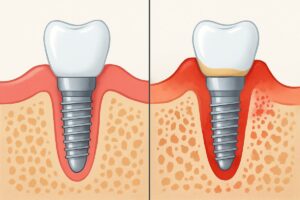Dental implants replace missing teeth with a fixed, long-term solution that acts like natural tooth roots. This guide explains the common “types of implants dental” so you can compare options, understand the process, and know what to bring to a consult. Use this to prepare questions and pick the implant best for your needs.
Overview: Common types of implants dental
Endosteal implants (root-form)
Endosteal implants are the most common. These titanium screws are placed into the jawbone and hold single crowns, bridges, or multiple teeth. They work well when you have enough bone and are a standard choice for predictable, long-lasting results.
Subperiosteal implants
Subperiosteal implants sit on top of the jawbone beneath the gum. They’re used when bone height is too low for endosteal implants and the patient either can’t or prefers not to have bone grafts. They can support dentures or small restorations.
Zygomatic implants
Zygomatic implants anchor in the cheekbone (zygoma) and are an option for severe upper-jaw bone loss. They’re less common and used when traditional implants and grafting aren’t viable, often for full-arch restorations.
Mini implants
Mini implants are narrow-diameter implants for small spaces, temporary use, or to stabilize removable dentures. They can be placed quickly and with less invasive surgery, but they’re not always suitable for heavy biting forces.
Implant-supported dentures & All‑on‑4 (full-arch) solutions
Implant-supported dentures use several implants to hold a removable overdenture or a fixed bridge. All-on-4 is a full-arch fixed solution using four or more implants to replace all teeth in an arch. All‑on‑4 offers a permanent-feeling restoration with faster recovery than multiple individual implants.
Who is a good candidate?
Good candidates have healthy gums, adequate bone, and controlled overall health. Conditions like uncontrolled diabetes or heavy smoking can affect healing. Oral hygiene and commitment to follow-up care are key.
Diagnostic tools that guide the choice
Digital x-rays and 3D imaging assess bone and root structure. Digital periodontal assessments measure gum health. Airway and sleep apnea screening may be done if restorations affect bite or breathing. These tools guide which types of implants dental Rockville, MD patients should consider.
What to expect during treatment and recovery
Typical steps: planning with imaging, implant placement, a healing period for bone integration, then placement of the crown or denture. Timelines vary from a few months for single implants to staged timelines for full-arch work.
Pain control and comfort
Sedation dentistry (oral sedation or nitrous oxide) and minimally invasive equipment reduce discomfort and recovery time. Many patients report manageable pain controlled with over-the-counter or prescription meds.
Costs, longevity, and risks
Costs depend on number of implants, bone grafts, and the final restoration. Implants can last decades with good care. Risks include infection, implant failure, and complications from smoking or untreated gum disease.
How to choose the right types of implants dental for you
Decide based on how many teeth you’re replacing, bone health, budget, permanence desired, and recovery time. When evaluating providers, look for implant training, digital imaging, sedation options, and minimally invasive tools.
Why consider State of the Art Dental Group and Dr. Kavish Gurjar
Dr. Kavish Gurjar is NYU-trained, a Fellow of the International Congress of Implantologists, and experienced in implant restoration. State of the Art Dental Group in Rockville uses digital x-rays, sedation systems, minimally invasive tech, and digital periodontal assessment. They’ve restored hundreds of smiles while easing anxiety and tailoring plans to each patient.
Next steps / short CTA
Bring medical history, recent x-rays, and a list of questions to your consult. Ask about implant options, projected timeline, costs, and sedation choices. Book a consultation to get a personalized implant plan and find which types of implants dental Rockville, MD are right for you.




